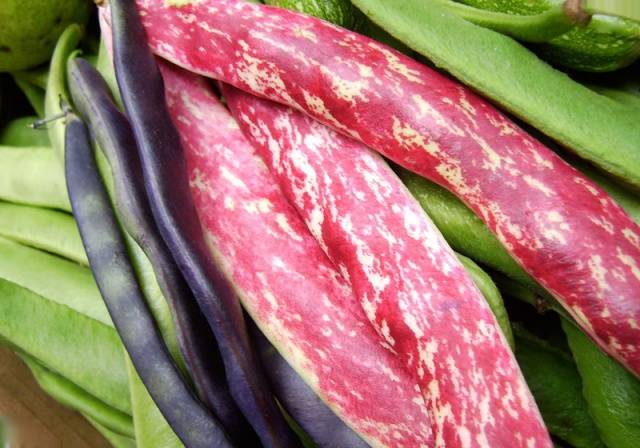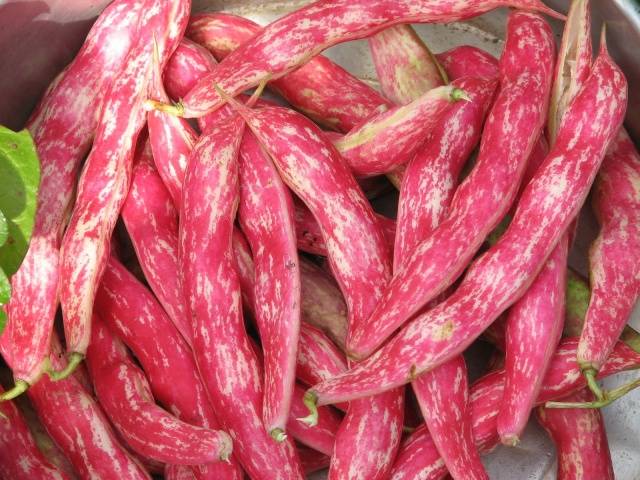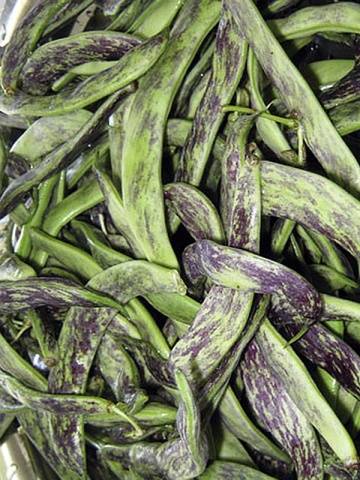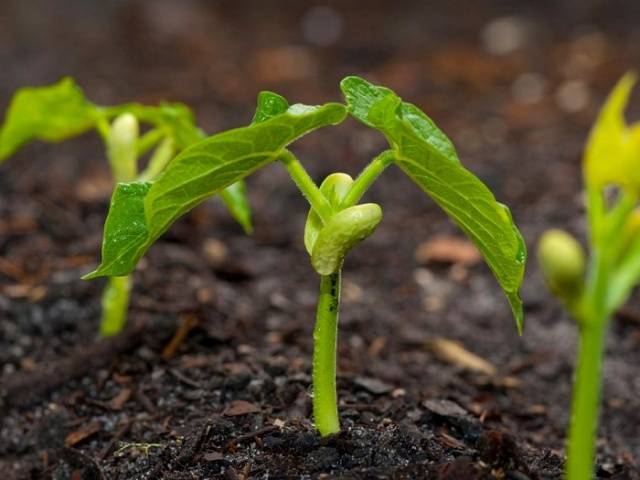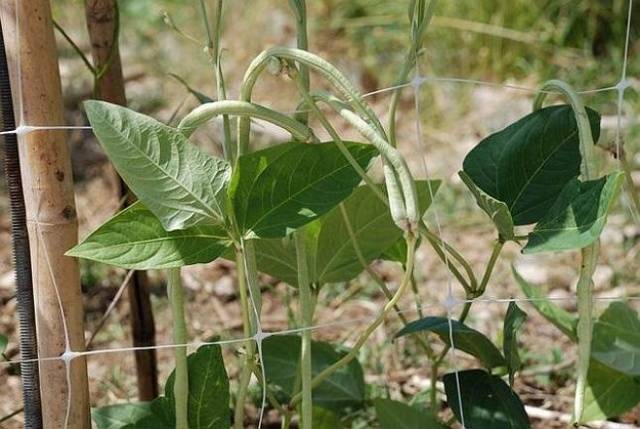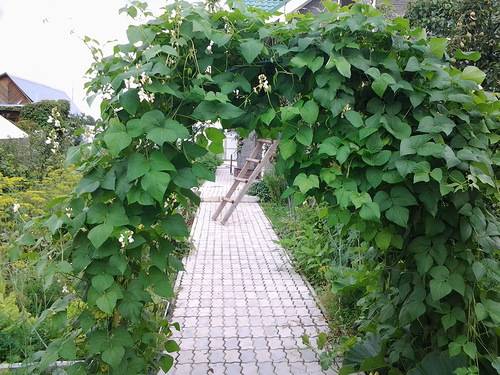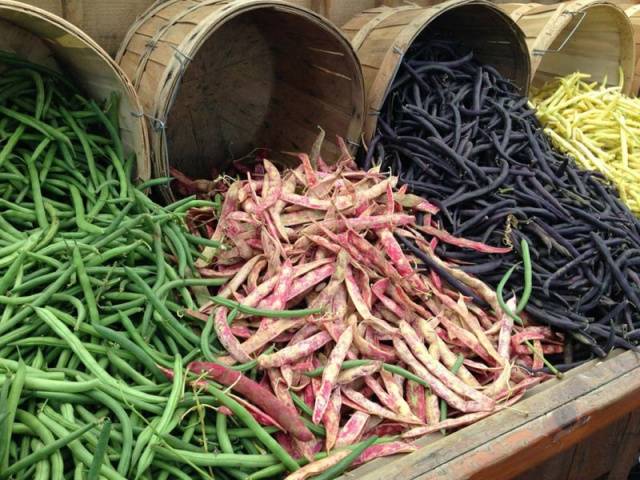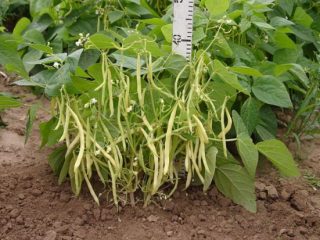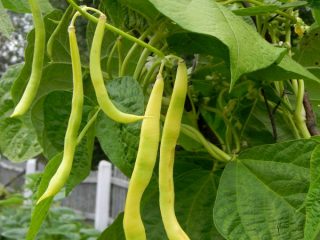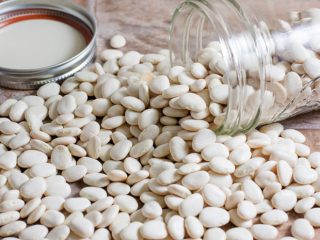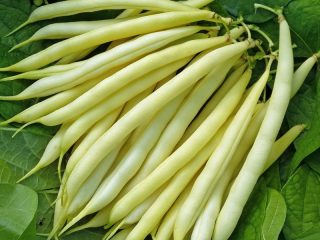Content
Not always black Eyed Peas was as popular as it is today. But now almost everyone knows how useful it is. And since many are now trying to adhere to a proper and healthy diet, legumes are increasingly in demand. After all, this, at first glance, is a simple plant, in no way inferior in its useful properties and the amount of protein to meat. An excellent protein substitute for vegetarians. Also contains a large amount of trace elements and vitamins.
Used to prepare various dishes. Such beans can be fried, stewed, steamed, baked. And if you have time to freeze it during the season, then you can eat it for a whole year.
Asparagus beans have adapted very well to our climate, and usually there are no problems with their cultivation, unlike their "cousin" - asparagus. In addition to being unpretentious to conditions, it also does not require complex maintenance. For this, gardeners in many countries love her.
Characteristics and description of the variety
One of the most popular types of this family is the "Turchanka" variety. This climbing plant can grow up to 3 m in length. The leaves cover the bush very densely, so it is often grown as an ornamental plant. It is very convenient that beans will not only serve you as food, but also decorate your yard. Leaves are light green in color. The pods are slightly curved, flat. They do not have the parchment layer and hard fiber characteristic of beans. The pods are 1.5–2 cm wide and about 20 cm long. There are two colors - pink and green. The first beans are located at a height of 12 cm from the root.
Growing and care
You do not need to be a skilled gardener to cope with the cultivation of the "Turchanka" variety. She is not whimsical at all and does not need any special care. Loose, non-acidic soil is best for asparagus beans. But in places with a large amount of groundwater and moist soil, it should not be planted.
The soil where beans will grow can be fertilized with potassium chloride and organic fertilizers in autumn. It should also be dug up in the fall.
The time for planting seeds in open ground is the end of May and beginning of June. The air temperature by that time must reach at least +15 ° C. The day before planting, the seeds should be soaked. The soil must be moist. We place the beans in the ground to a depth of 3-4 cm. The distance between the plants should be about 10 cm, and between the rows - 20 cm. You need to plant 2 seeds in order to leave a stronger one later.
Already 2 weeks after planting, the first shoots will appear. "Turkish woman" is growing and winding very quickly. For convenience, you can use a net or other support to keep the beans from scattering on the ground. Watering the beans is often unnecessary. One watering is enough for 7-10 days.
Often, Turkish asparagus beans are planted for decorative purposes and to create shady corners. In this case, the plant should be watered more often, since more moisture is required for the development of the leaves.
This variety has a high disease resistance, especially to anthracnose and bacteriosis, which most often affect garden plants.
Harvesting
For the beans to be tasty, you need to harvest them in time, until the seeds are hard. You can start harvesting as early as 2 months after planting. But the main advantage is that the beans continue to bear fruit for a very long time. After each harvest, new pods will grow on it. From 1m2 up to 5 kg of beans can be harvested.
Fresh asparagus beans are not stored for a long time. The best storage option is freezing. To do this, the beans need to be cut into pieces that are convenient for you and placed in the freezer.
Testimonials
Let's summarize
As you can see, growing asparagus beans is a piece of cake. And the results will surely please you. The variety "Turchanka" has already become popular with many gardeners. Everyone praises her for her high yield and unpretentious care. She also attracts everyone with her beauty. Nobody remained indifferent!
